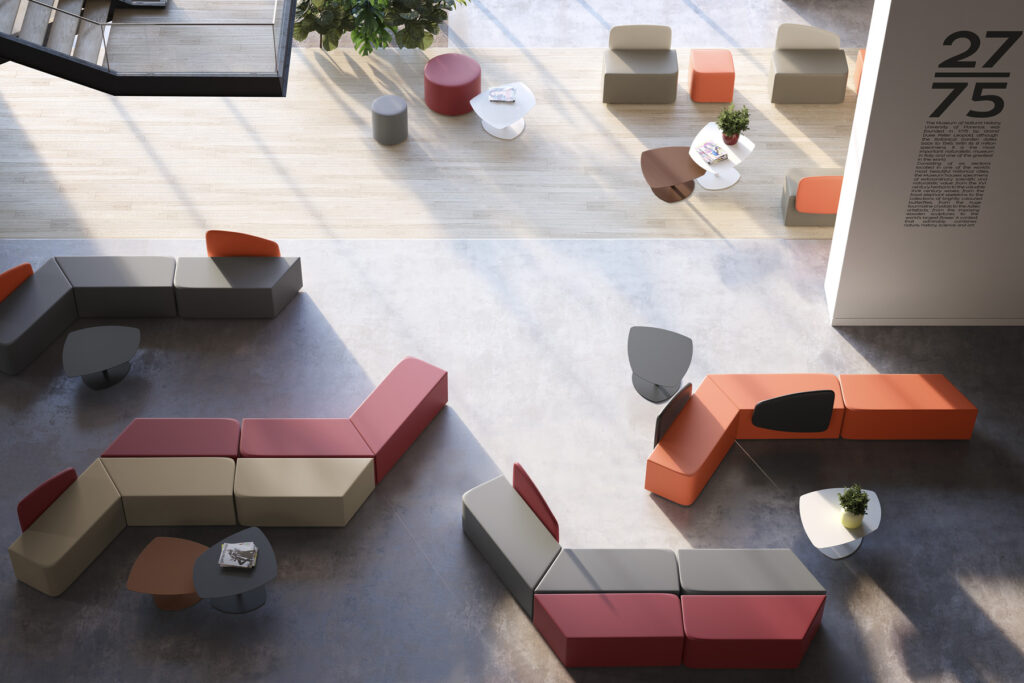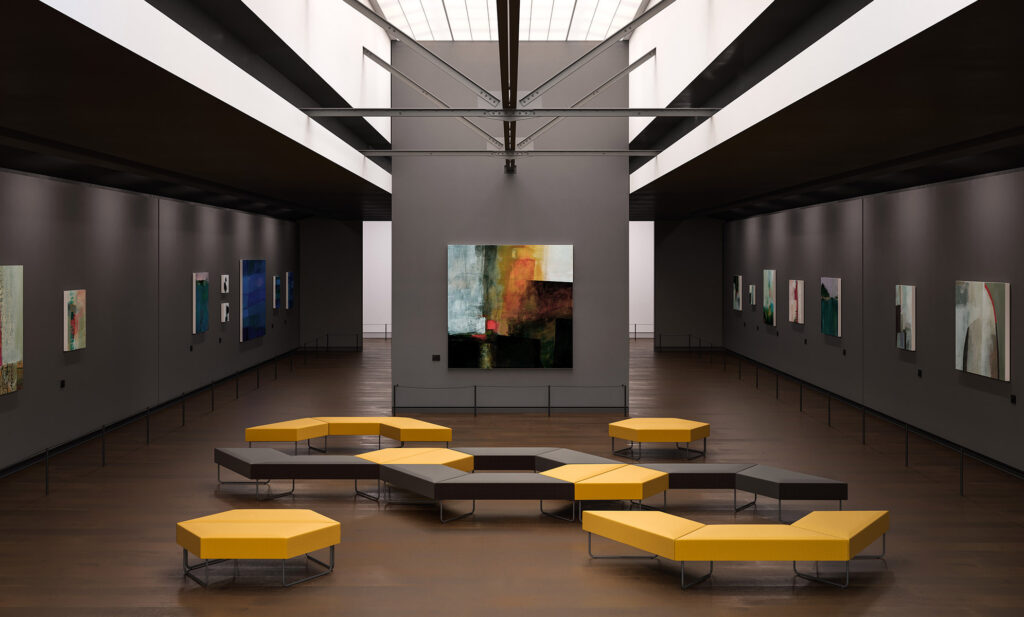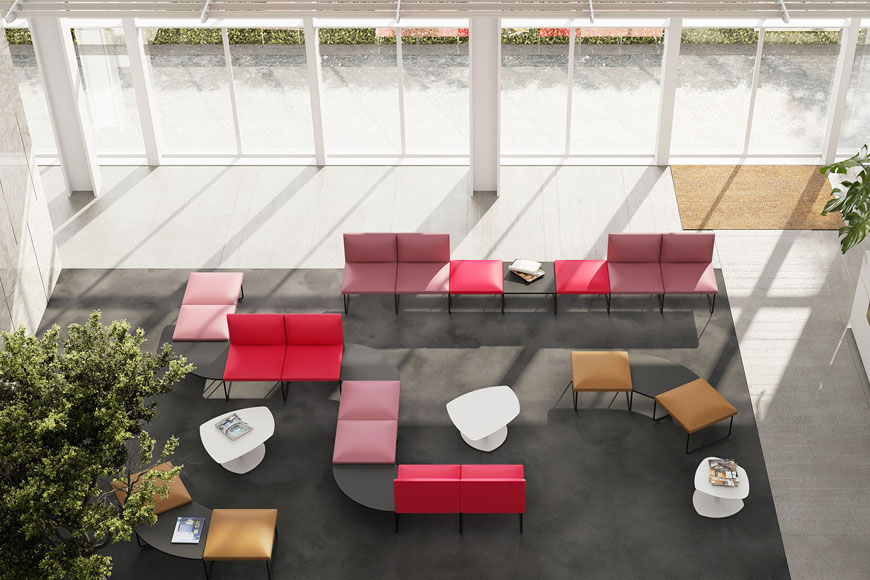Today, environmental sustainability has become a priority in many sectors, especially when it comes to the design of public spaces. The integration of CAM (Minimum Environmental Criteria) in areas such as hospitals, student accommodation and educational spaces not only demonstrates a commitment to the environment, but also offers long-term benefits. Let’s find out why CAM compliance is key to shaping a greener, more conscious future.

1. Reducing environmental impact: adopting CAM in the design of public spaces helps to limit environmental impact. By using sustainable materials, reducing waste and adopting energy-efficient solutions, greenhouse gas emissions and the amount of waste produced can be reduced, benefiting the health of the planet.
2. Health and well-being: Public spaces designed according to CAM can improve the health and well-being of users. The use of non-toxic materials and the creation of environments with good indoor air quality promote a healthier environment. This is especially important in hospitals, where the health of patients is a priority.

3. Long-term cost optimisation: although the implementation of CAM may require a higher initial investment, the long-term benefits are significant. Energy efficiency and the use of sustainable technologies can reduce operating costs over time, resulting in considerable financial savings.
4. Social responsibility: designing public spaces in line with CAM demonstrates social responsibility and a commitment to future generations. This conscious approach can inspire other sectors and contribute to a broader culture of sustainability.

5. Enhancing institutional image: institutions that embrace CAM principles in the design of their public spaces can benefit from a positive and progressive image. Demonstrating a commitment to the environment can attract public attention and increase trust in the organisation.
Contact us to find out more about our products designed to meet the needs of public spaces and the implementation of CAM.













